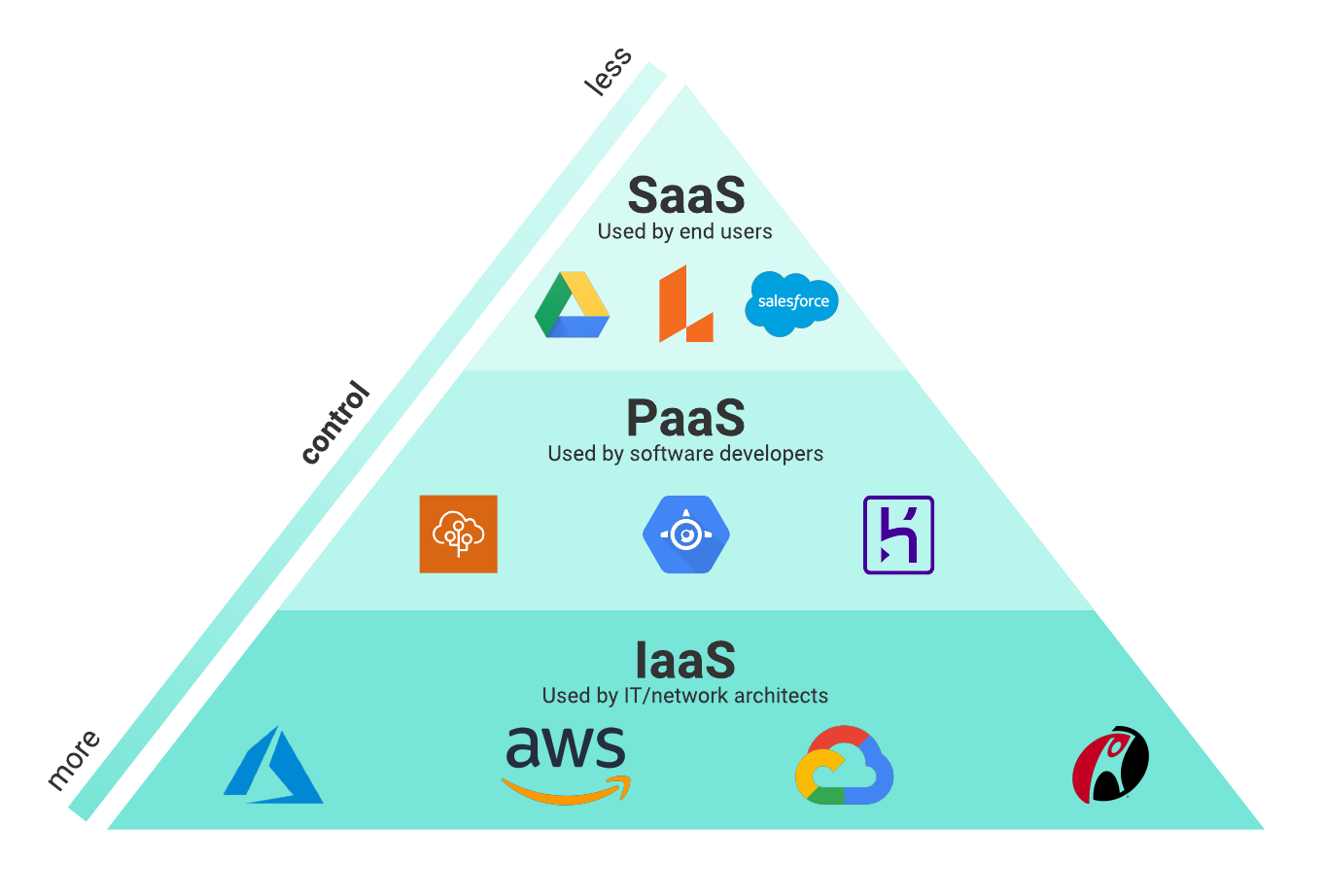LinkDaddy Cloud Services Decoded: Expert Insights right into Universal Cloud Service Advancements
Simplify Your Facilities With Cloud Services
As services browse the ever-evolving landscape of technology and data administration, the duty of cloud solutions in streamlining facilities has actually ended up being increasingly popular. Exactly how can organizations properly navigate this shift and absolutely open the potential of cloud solutions for simplifying their framework?
Advantages of Cloud Provider
Cloud services use a structured strategy to managing IT facilities, offering organizations with scalability, adaptability, and cost-efficiency. One of the essential benefits of cloud services is the scalability they use. Organizations can quickly scale their sources up or down based upon demand, guaranteeing they only spend for what they make use of. This flexibility is particularly beneficial for organizations with rising and fall needs or those experiencing development.
In addition, cloud solutions get rid of the need for companies to purchase pricey hardware and software application. This cost-efficiency is a considerable advantage, specifically for little to medium-sized ventures seeking to reduce ahead of time expenses. By using cloud solutions, companies can access high-grade IT sources without the hefty price related to typical facilities setups.
Moreover, cloud solutions supply organizations with the versatility to access their information and applications from anywhere with a web connection. This level of accessibility enhances collaboration among groups, enables remote work, and enhances overall performance. The versatility used by cloud solutions equips businesses to adjust quickly to altering market problems and client demands.
Cost Savings and Scalability
Along with the functional advantages highlighted previously, the assimilation of cloud services right into a company's framework generates considerable expense financial savings and improved scalability. Cloud solutions use a pay-as-you-go model, permitting businesses to scale sources up or down based upon present needs, therefore preventing the costs connected with maintaining excess capability. This versatility makes it possible for firms to adapt swiftly to fluctuating demands without incurring unnecessary expenditures.
Moreover, cloud services remove the requirement for ahead of time investments in software and hardware, lowering capital investment. General expenses are likewise minimized as business no more need to take care of and keep physical web servers, causing lower energy intake and IT staffing prices. Additionally, cloud services give automatic updates and maintenance, making certain that the framework continues to be up-to-date and safe without requiring manual treatments.
Boosted Security Actions
Applying strict protection steps is paramount when integrating cloud services right into a firm's framework to ensure and safeguard delicate data compliance with industry regulations. Cloud solution carriers offer enhanced safety attributes such as data security, firewall software protection, and multi-factor verification to alleviate cybersecurity threats.
Moreover, regular safety and security audits and compliance analyses assist determine susceptabilities and ensure adherence to market standards. Companies can likewise gain from features like automated safety and security updates and real-time hazard surveillance offered by cloud provider. By prioritizing safety and security actions and staying aggressive in dealing with prospective threats, companies can with confidence leverage cloud services while safeguarding their valuable data from unauthorized access or violations.
Transitioning to Cloud Infrastructure
To successfully incorporate cloud services right into a business's facilities, a structured technique that deals with the change in the direction of cloud-based services is crucial. Transitioning to shadow framework entails cautious preparation and implementation to guarantee a smooth movement procedure. The very first step is to evaluate the existing framework and determine which systems universal cloud Service and applications are appropriate for movement to the cloud. This evaluation should think about elements such as data level of sensitivity, conformity demands, and performance demands.
Once the assessment is complete, a movement technique should be created. This strategy must detail the timeline, sources, and obligations for relocating each element to the cloud. It is important to interact this plan plainly to all stakeholders to make certain placement and minimize disturbances throughout the change.
During the migration testing, surveillance and procedure are important to recognize and resolve any problems quickly. Regular checkpoints need to be developed to track progression and make needed adjustments. Furthermore, training for workers on using cloud solutions need to be supplied to guarantee an effective transition and maximize the benefits of the new infrastructure.
Finest Practices for Cloud Fostering
Effective fostering of cloud solutions rests on the critical positioning of organization goals with technical abilities and business preparedness. To make certain a smooth change to the cloud, organizations should start by conducting a detailed evaluation of their present infrastructure and identifying which work are best suited for cloud migration. It is critical to involve key stakeholders from different departments in the decision-making process to obtain buy-in and resolve any kind of problems beforehand.
An additional finest practice for cloud adoption is to prioritize safety and conformity. Organizations must meticulously examine the safety and security actions used by cloud company and make certain that their data is safeguarded according to market requirements and regulatory requirements. Carrying out robust data file encryption, accessibility controls, and regular protection audits can aid minimize risks related to cloud adoption.

Conclusion

As companies browse the ever-evolving landscape of innovation and information management, the role of cloud solutions in streamlining facilities has actually ended up being increasingly popular - cloud services press release. How can organizations properly browse this change and truly open the capacity of cloud solutions for streamlining their facilities?
Cloud solutions use a streamlined strategy to managing IT facilities, supplying businesses with scalability, cost-efficiency, and flexibility. By using cloud solutions, businesses can access premium IT resources without the hefty rate tag associated with standard facilities configurations.
To make certain a smooth change to the cloud, companies need to begin by performing a comprehensive evaluation of their present framework and determining which work are best suited for cloud movement.